
Republic of Kazakhstan
Email: ccasc@kimep.kz
This weekly section provides an overview of key political, economic, and social developments across the five Central Asian states. It highlights the region’s most relevant policy trends, international engagements, and sectoral updates in areas such as energy, digital development, environment, and finance. The section is compiled and edited by Maryam Agharabi, Coordinator of the China & Central Asia Studies Center. For enquiries, you may contact maryam.agharabi[a]kimep.kz.

This past week, regional headlines were led by Brussels, where Uzbekistan and the European Union signed a long-awaited Enhanced Partnership and Cooperation Agreement (EPCA) and used an EU–Uzbekistan business forum to unveil a pipeline of new projects worth over €10 billion. Connectivity stayed high on the agenda as the EU announced it would table a new cooperation proposal for the Trans-Caspian, or Middle Corridor, at a Tashkent investors’ forum, while Kazakhstan and Azerbaijan agreed to deepen energy and transport cooperation along the same route. Central Asian governments also moved on macroeconomic management and financial credibility: Uzbekistan kept its policy rate at 14 percent as inflation eased and gold exports reached a new record, while Moody’s upgraded Kyrgyzstan’s credit outlook to Positive. Kazakhstan’s growth prospects remained robust in IMF projections and were backed by heavy telecoms investment and nationwide internet-access plans. At the same time, regional security cooperation continued through joint drills and a Samarkand meeting on military-technical ties, and new initiatives in logistics, waste management, and digital skills pointed to an increasingly dense web of sectoral cooperation across the region.
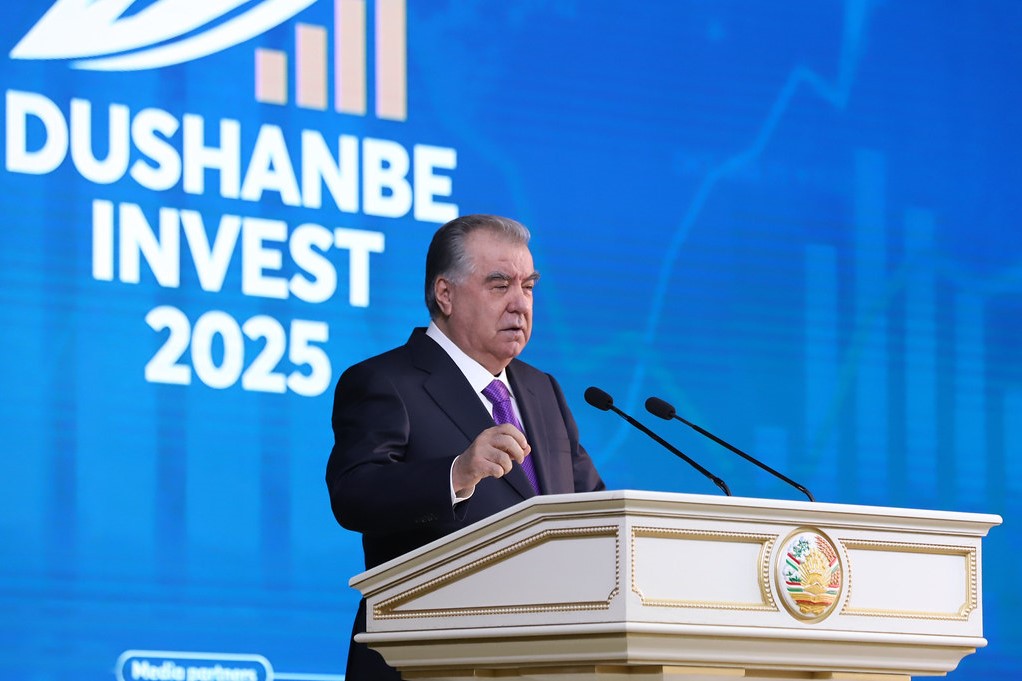
After a week of high-level summits, Central Asia’s focus shifted to implementation and new initiatives across energy, finance, and regional cooperation. Uzbekistan pursued a busy diplomatic schedule, strengthening partnerships with Saudi Arabia, Russia, China, Japan, and South Korea while announcing plans for a new international airport near Tashkent and signing a PPP to modernize Urgench Airport. In Tajikistan, the Digital Tajikistan 2025 forum and the Dushanbe Invest 2025 conference placed digital transformation and the green economy at the top of the national agenda. Kazakhstan managed the immediate effects of its rate hike as mortgages paused and the tenge weakened, while preparing for winter energy shortages and increasing electricity imports from Russia. The region also saw progress on Kambarata-1 hydropower financing, steady oil exports through the CPC, and some new updates on nuclear energy. Security cooperation continued to deepen with CSTO exercises in Tajikistan and a meeting of CIS security chiefs in Samarkand, while new developments in aviation, healthcare, and tourism reflected the region’s growing connectivity.
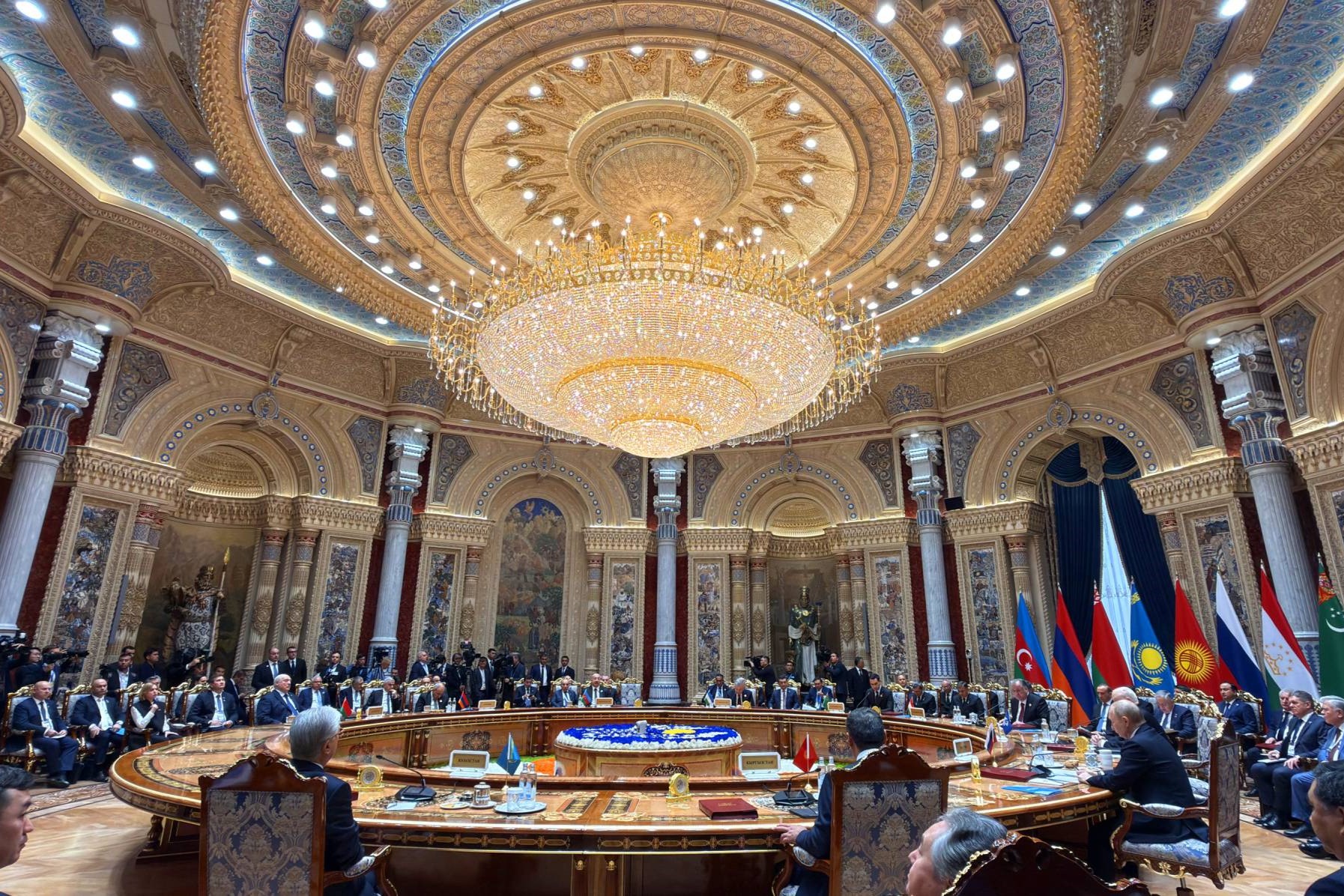
This week’s regional agenda was dominated by high-level diplomacy in Dushanbe, where Central Asian leaders joined Russian President Vladimir Putin and other CIS heads for the Central Asia–Russia summit (Oct 9) and the CIS Heads of State Council (Oct 10). Leaders emphasized security coordination, economic ties, and a proposed “CIS Plus” outreach format. Alongside the summits, Kazakhstan tightened monetary policy with a surprise rate hike and reported stronger reserves. Uzbekistan advanced its regional-cooperation pitch—from Afghanistan reconstruction to investment climate reforms—and engaged UNICEF on Afghan humanitarian coordination. The week also saw fresh items on regional infrastructure and energy, plus a headline-grabbing note from space as the first Kazakh woman completed a Blue Origin suborbital flight.

Last week, the media in Central Asia reported on several critical trade and diplomatic events, such as the seventh Russia-Kyrgyzstan Trade Forum, the Eurasian Intergovernmental Council meeting, the U.S. Treasury sanctioning the Kyrgyzstani crypto company, Old Vector, the meeting of the Kazakhstan-Tajikistan Intergovernmental Commission, an Afghan trade delegation’s visit to Kyrgyzstan, and Uzbekistan and Jordan committing to draft a preferential trade agreement. They also covered Kazakhstan and Uzbekistan’s plans to tackle the shadow economy. In addition, several outlets noted Uzbekistan’s increased investment in water infrastructure and the ICWC meeting in Kazakhstan. Lastly, multiple sources reported the drop in Kazakhstani oil production last month.
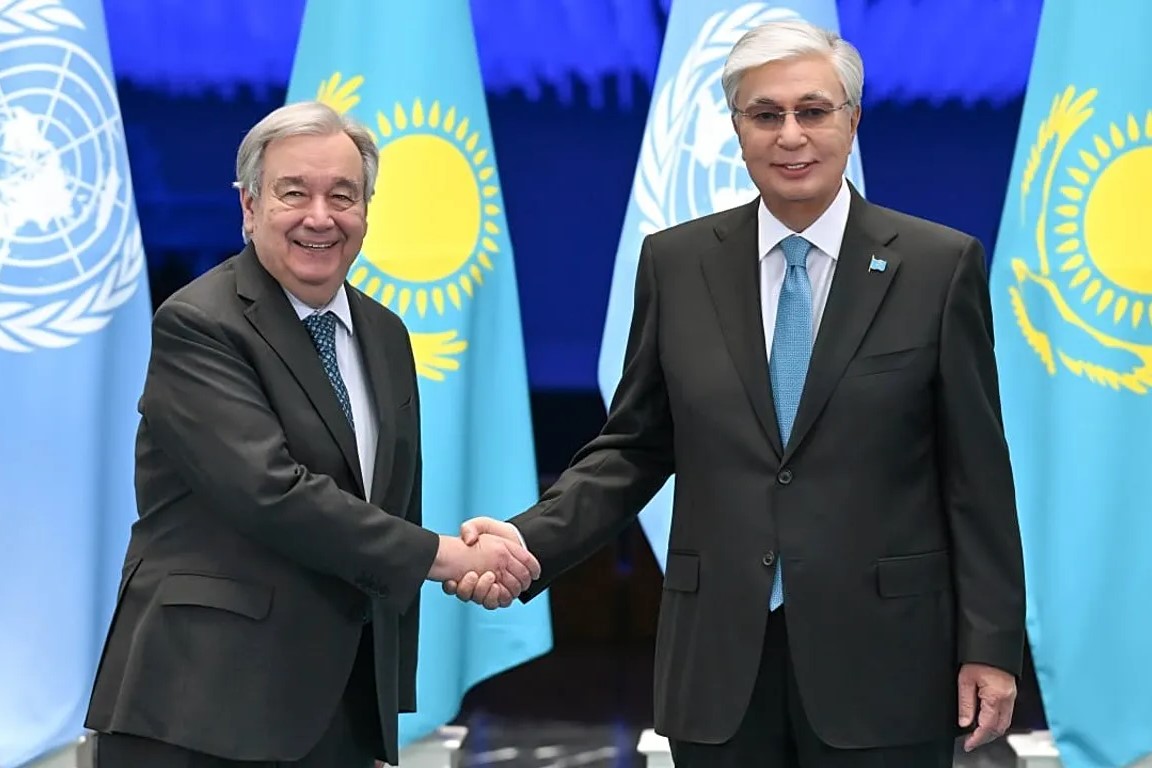
This week, the media across Central Asia reported on several critical diplomatic events, including the Third UN Conference on Landlocked Developing Countries. They also covered important energy developments, such as Afghanistan’s Taliban-led government concluding a $10 billion deal with Azizi Energy, the Kashagan oil field operator winning the lawsuit brought against it by the Kazakhstani government, the increase in Uzbekistan’s renewable energy production, Kazakhstan commencing construction work on its first NPP, and OPEC+ announcing another round of production increases. Several outlets also noted the World Bank’s provision of a $50 million grant to support Tajikistan’s economic reforms and Kazakhstan’s pledge to attract $24 billion to upgrade its utility infrastructure. Lastly, they reported on Kyrgyzstan leading the region in GDP growth in 2025.
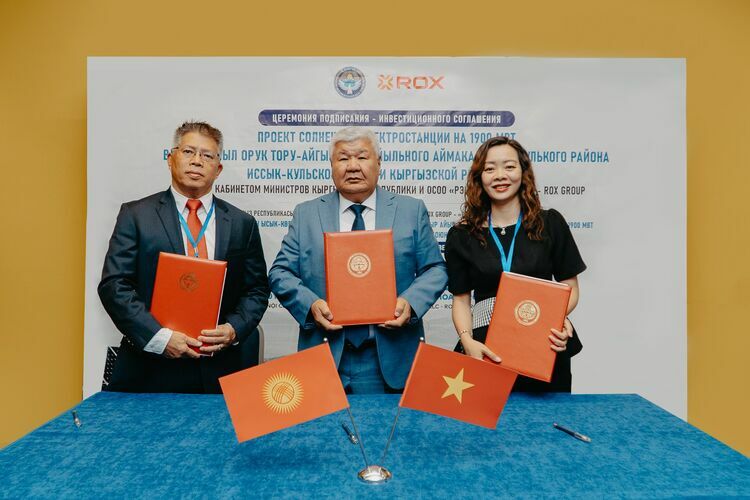
This week, the media across Central Asia covered several critical energy stories. For instance, Kazakhstan announced that China would build its third nuclear power plant (NPP), Afghanistan began constructing a 40 MW solar power plant, Kyrgyzstan finalized an investment deal with a Vietnamese company to build a 1900 MW wind power plant in the country’s Issyk-Kul region, and Tajikistan reported an increase in electricity production despite planning to reduce exports to Afghanistan by 25% this winter. They also reported on important diplomatic events, such as Kazakhstani President Kassym-Jomart Tokayev’s visit to Türkiye. Lastly, several outlets noted that the Asian Development Bank (ADB) upgraded its 2025 GDP forecast for Central Asia, and the Kazakhstani National Fund is significantly diversifying its asset portfolio away from foreign currencies.
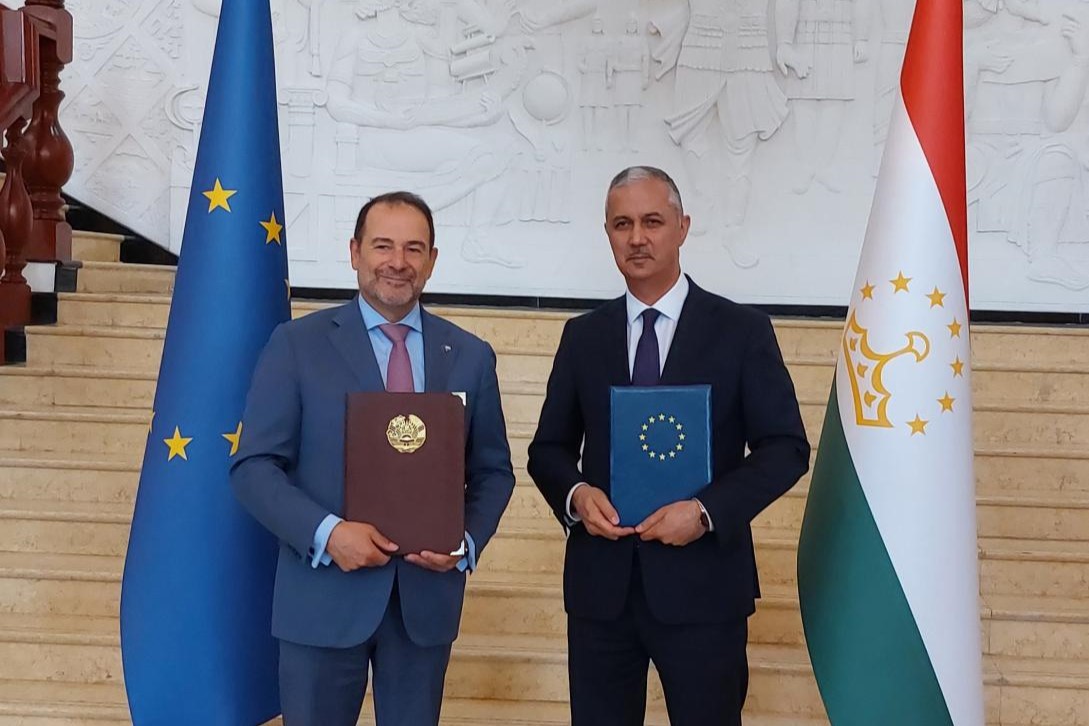
This week, Central Asian media outlets reported on several critical trade and diplomatic stories, such as Pakistan and Afghanistan finalising a preferential trade agreement, the Mongolian President’s visits to Kyrgyzstan and Tajikistan, and the EU and Tajikistan initialing an Enhanced Partnership and Cooperation Agreement. They also covered crucial energy stories, such as Azerbaijan’s SOCAR agreeing to start oil exploration in Uzbekistan’s Ustyurt region, Uzbekistan becoming a net electricity exporter despite domestic shortages, and natural gas production falling. Several outlets noted multiple important financial stories, such as Kazakhstan’s Halyk Bank acquiring a 49% share in the Uzbekistani fintech firm Click and growing calls for Kazakhstan’s National Bank to intervene and stabilize the Tenge.
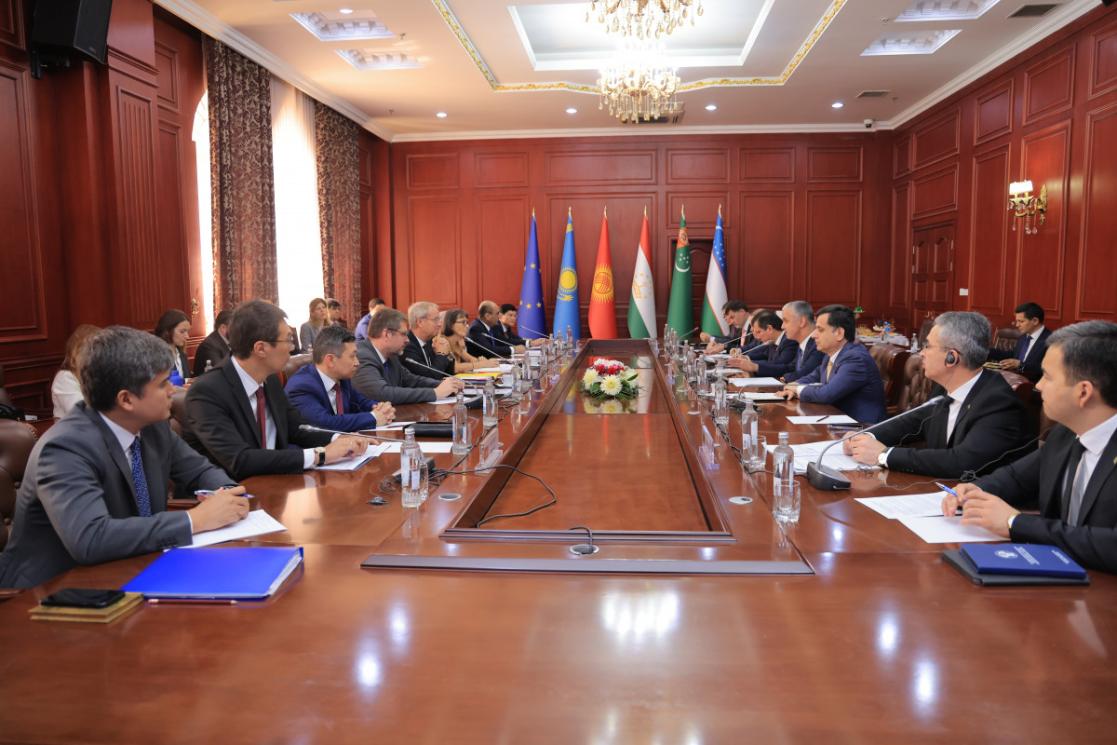
This week, the media in Central Asia reported on several critical energy and environmental stories, such as Tajikistan’s approval of a deal to provide electricity from the Rogun HPP to Uzbekistan, Kazakhstan beginning negotiations to renew its production-sharing agreements with crucial international energy investors, and the World Bank forecasting heat-related deaths to dramatically increase across the region. They also covered several important trade stories, such as China replacing Russia as Tajikistan’s largest trading partner and Uzbekistan, Afghanistan, and Pakistan agreeing to conduct a feasibility study for the future Trans-Afghan railway. Other sources reported on diplomatic events, such as the meeting of the SCO foreign ministers and the EU-Central Asia High-Level Dialogue.
